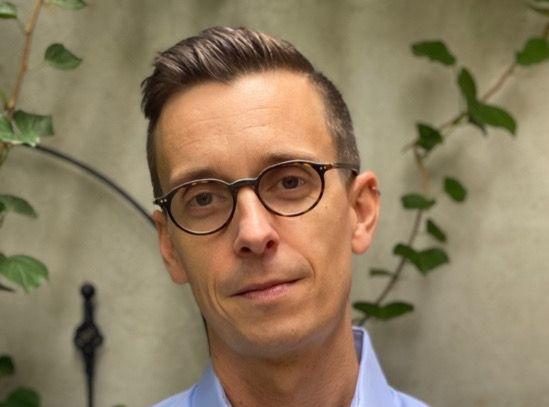El Dr. Brad Jones, del Weill Cornell Medicine de Nueva York, será el encargado de abrir la tercera jornada del XIII Congreso Nacional de GeSIDA con una interesante ponencia sobre resistencia a los linfocitos T citotóxicos en el reservorio del virus. Sobre ello nos habla a continuación:
The resistance to CTL Killing in the HIV Reservoir, what has it meant in the fight against HIV and what doors does it open to improve the fight against the virus?
It opens up a whole new arena for the development of therapeutics aimed at curing HIV infection. Whereas most interventions have focused on reversing HIV latency or enhancing immune responses, our work suggests the targeting of mechanisms that make reservoir cells resistant to killing. To give one example, we identified overexpression of a protein called BCL-2 in reservoir cells as one mechanism of CTL resistance, which has motivated clinical trials that are now testing BCL-2 antagonists.
The first news on this subject you will address in our congress were published two years ago. In this time, there have been any new developments in this line of research that you lead ?
I would actually trace the first news to our 2018 paper in the Journal of Clinical Investigation. Our 2020 paper in the same journal was an important update, which identified a specific mechanism of resistance to CTL – overexpression of a prosurvival protein called BCL-2. Here are some of the most important updates that have occured in the meantime: i) A number of groups have initiated clinical and pre-clinical trials testing whether a BCL-2 antagonist can reduce HIV reservoirs. Ii) Other groups have begun working in this área, and I’ll particularly highlight the findings from Mathias Lichterfeld at Harvard. Although not yet published, Mathias has presented results at multiple conferences providing evidence of CTL resistance in the HIV reservoir. Iii) We have taken some time to develop new experimental approaches and tools and are now breaking new ground and identifying many other mechanisms of CTL resistance. These Will be the focus of my presentation at the conference.
Based on what was collected in your research, what ways can be explored to eliminate the reservoir?
Some of the specific approaches that we’ve identified so far include using drugs that counteract CTL resistance mechanisms, such as BCL-2 and BCL-xL antagonists. We’ve also identified EZH2 inhibitors – including a licensed drug called Tazemetostat – as an alternative approach to sensitizing infected cells to elimination. We have many more leads that we are now testing in preclinical settings. Another important point is that – although reversing HIV latency is likely needed to cure infection – our results suggest that we should be able to reduce some aspects of the HIV reservoir even without latency reversing agents.
Are there research projects that already address reservoir elimination strategies, taking into account resistance to cytotoxic T lymphocytes (CTL)?
Yes, quite a few – and we were excited to see that the National Institutes of Health announced a new funding mechanism to invest in such strategies. The results will be announced early next year and we look forward to welcoming other scientistsi into this emerging field. As mentioned above, the pre-clinical and clinical testing of BCL-2 antagonists also take into account CTL resistance and we eagerly await these results. Overall though, I feel that there is more that can be done in the field to address this. I would say that the role of CTL resistance in the persistence of HIV is still a paradigm shift in progress, not something that is pervasive in the field.
